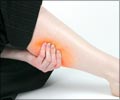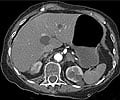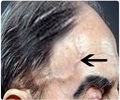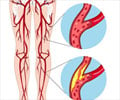A novel insight has shown that consistent and moderate exercise may offer assistance in relieving the symptoms of peripheral artery disease (PAD).
PAD is characterised by dangerous deposits of fatty plaques in arteries resulting from poor diet and lack of exercise. However, the disease not only affects the heart, but also blocks the blood flow to the legs, leading to pain when walking, immobility and even in extreme cases, amputation.The risk factors of PAD include smoking, diabetes, obesity and high blood pressure. Surgical intervention can sometimes help, but the prognosis is not good.
Ronald Terjung and colleagues have now shown that moderate exercise can go a long way to relieving the symptoms of PAD.
For the study, the researchers focused on rats with a blocked femoral artery and found that collateral blood flow was much more effective in restoring normal muscle function in the animals that were put on regular exercise training.
The collateral vessels themselves were larger and less prone to constriction, which is a problem exacerbated with PAD, than in sedentary animals.
To their surprise, the researchers found that the function of blood vessels 'downstream' of the blockage also changed, making them more efficient.
Advertisement
"Our findings raise the potential that new collateral vessels, that can develop in patients with PAD who are physically active, will function effectively to help minimize the consequences of the original vascular obstruction." Said Terjung.
Advertisement
Source-ANI
SAV














